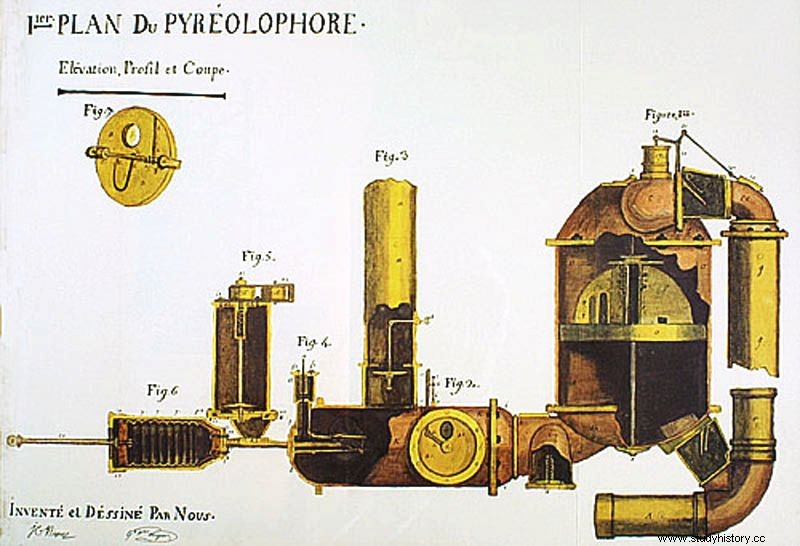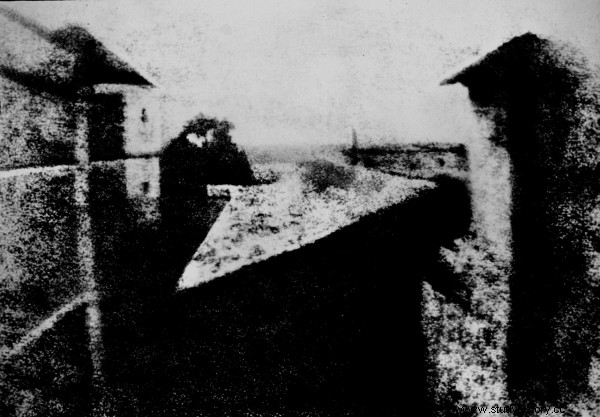At the time of the digital revolution, it is very difficult for us to imagine how tumultuous the history of photography was and especially how long it took to take even a single photograph. This invention, now common to everyone, we owe it to a Frenchman, Nicéphore Niépce.
Intended for the priesthood, he gave up his career as an ecclesiastical to enlist in the revolutionary army and take part in the Italian campaign. But a few years later, Nicéphore Niépce, who was very interested in chemistry, embarked on a series of works with his brother Claude.
They then developed the Pyréolophore, the world's first internal combustion engine. After Claudius' death, Nicephore concentrated on his heliographic (engraving process) research, with the objective of producing still images using sunlight.

Later, he invented the process of photoengraving and sought to improve it with various supports, tin, polished glass or copper. His discovery, the fixation of the positive image, made him the first inventor of photography. The oldest known photograph dates from 1822:it represents a served table in his garden.
A far cry from digital speed, the exposure time for the first photograph was… eight hours in direct sunlight!
In 1828, Nicéphore Niépce joined forces with Daguerre who helped him to exploit the process commercially.
However, he died too early to enjoy his work and Daguerre continued his research for six years until he presents, alone, before the Academy of Sciences his Daguerreotype. However, Nicéphore Niépce did not remain in collective memories as the brilliant inventor of modern photography. Nevertheless, he remains the one who took the very first “snapshot”.
 (1)
(1)
It was also very popular with explorers who could now identify the topography and bring back photos of the worlds they explored. From its beginnings, photography also had an ambiguous relationship with painting. While some painters welcomed it with concern, others were more open to this prodigious invention. Thus, the painter Le Gray wanted photography to be integrated into the field of art without being confined to that of industry and moreover became a photographer himself.
His life in several dates:
1788:he renounces the priesthood and enlists in the national guard at Chalon-sur-Saône
1794:he leaves the army
1816:beginning of the first heliographic research
1828:he joins forces with Daguerre
1839:start of marketing of the daguerreotype and “daguerreotypomania “.
————
Source and references:
(1) Point de vue du Gras, the oldest surviving photograph, taken by Nicéphore Niépce in 1827.
Nicéphore Niépce, correspondence and papers (2003)
The revealed image:the invention of photography (2001)
Nicéphore Niépce, Michel Frizot and Françoise Ducrot (1999)
